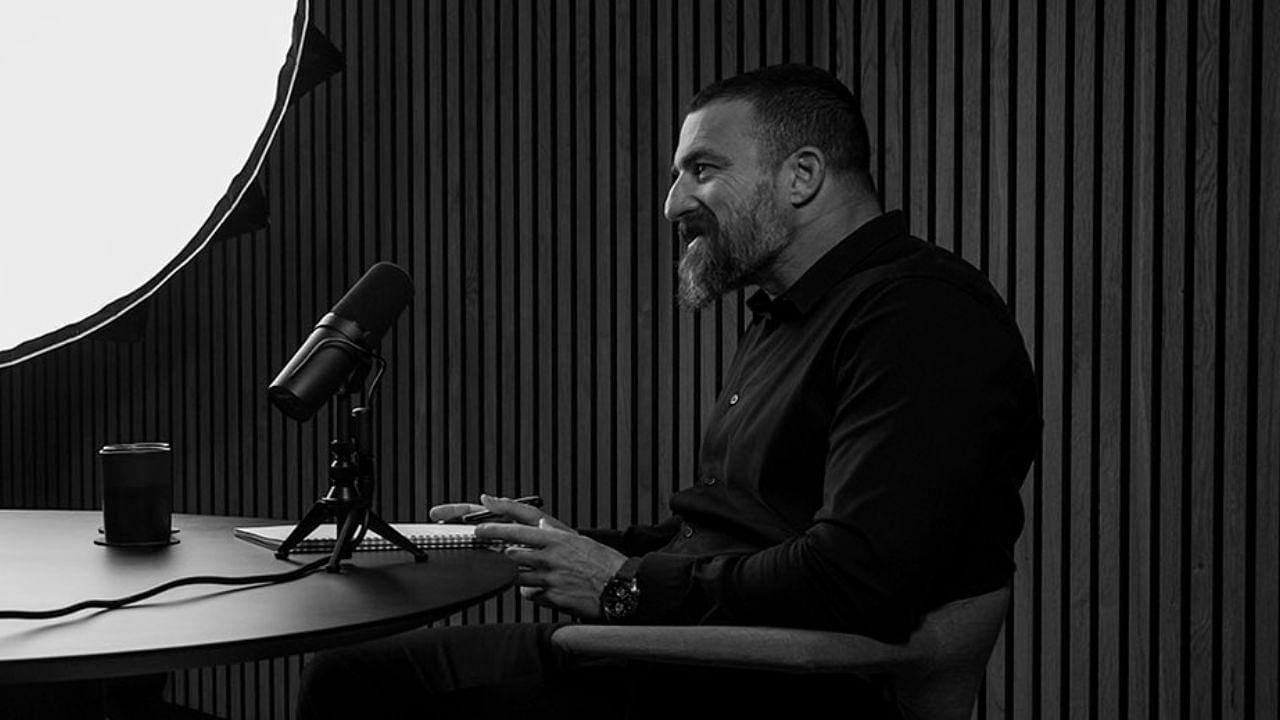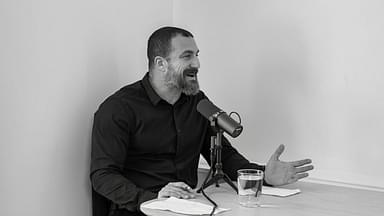In the field of fitness and health, Dr. Andrew Huberman has proven his expertise among popular health enthusiasts. He guides people with his tips on workout routines, diets, and even health through his podcast. In his recent podcast, Huberman discussed the ‘Tools to Enhance Working Memory & Attention’, and its connection with short and long-term memory.
At the beginning of the podcast, Huberman compares working memory to other forms of memory, which are long-term and short-term memory. However, when one hears the word ‘memory’, their brain is often directed toward long-term memory. Long-term memory has two components, that are declarative long-term memory and procedural long-term memory. Declarative long-term memory is when we can declare things like facts about ourselves or the world or others, while procedural long-term memory is what allows us to perform certain procedures like riding a bicycle or driving a car.
Understanding the fundamentals of working memory better requires understanding the difference from short-term memory as well. Short-term memory represents a short-term memory bank for information that may or may not pass into long-term memory. We maintain this sort of memory for somewhere between a few minutes and potentially a few hours or longer, But only a certain percentage of that passes into our long-term memory.
Therefore, Huberman states that the actual passage of short-term memories into long-term memories occurs in part within the hippocampus. This means that the neocortex, the outer portion of the brain, houses some of the memories that we consider as long-term memories. Hence, even though the hippocampus critically involves itself in the formation of short and long-term memories, the formation of these memories is a network phenomenon.
“A key thing to understand about working memory and how it is different from short and long-term memory is that the formation of short and long-term memories almost always involves neuroplasticity.”
Neuroplasticity is the nervous system’s ability to change in response to experience. There are different types of neuroplasticity, and Huberman pointed out of few of them during his podcast. Long-term potentiation aka LTP is the strengthening of connections between neurons as a consequence of their repeated firing very closely together in time.
View this post on Instagram
The second type is long-term depression (LTD) which is simply the inverse of LTP. It is the weakening or the removal of connections that we call synapses between neurons. The third type of neuroplasticity is neurogenesis. This is the formation of new neurons in the brain and as Huberman says, it’s very exciting. However, neurogenesis is not the main mechanism by which the formation of short and long-term memories occurs.
“Working memory is the reflection of a particular neural circuit running an algorithm over and over and over for different types of information but the information isn’t stored it is intentionally discarded.”
While diving deeper into the podcast, Andrew Huberman pointed out a major factor. He stated that working memory does not involve neuroplasticity or if it does, it is not a particularly robust aspect of working memory. Moreover, Huberman states that any kind of daily activity or life activity requires working memory.
He shares an example by saying all of us learned at some point in our lives to tie our shoes. That’s something that you know how to do and you can do it as a procedural long-term memory. This is an action you don’t have to think about too much.
Working memory comes into play when you wake up in the morning and you know that you need to go out for a jog. But, you also need to make a cup of coffee first, or you’re having a conversation while you need to tie your shoes and so on. Hence, working memory is the taking in of information. You must sequence your actions over a short period and then forget that sequence for instance.
“Working memory is involved in essentially every activity both cognitive and motor from the point wake up in the morning until the time you go to sleep at night for every single day of your life.”
Working memory is the way that you navigate any immediate environment which is very closely tied to attention. You need to be able to hold your attention to the things you need to do. Working memory and attention collaborate literally at a neural circuit level and a neurochemical level. It furthermore allows you to move through your day. Therefore for one to improve working memory Huberman conducted a small test for his viewers.
Andrew Huberman runs a live working memory test demonstration
Dr Andrew Huberman demonstrates a working memory test. With the help of this test in real-time, allows one to get details about your baseline working memory capacity. Working memory is integral for productivity, exploring new environments, and learning. In explaining how it differs from short and long-term memory, Huberman also adds how dopamine affects it.
He started off the first test, purely audio-based to cater to the requirement of his majority followers – on YouTube and Podcast. A series of letters were recited while one needs to memorize, as many as one can. Three sets of letters were told and repeated to keep the task on a lighter note.
Upon asking listeners to recall the first short string of letters, he commented we could only reminisce two to zero of those. Concluding that for working memory nothing got registered to short term and much less long term.
It held on to the information to only as much as we needed and discarded it. In conclusion, Huberman helped his followers understand how their memory works. This is in terms of processing and storing information and how working memory differs from short and long-term memory.





